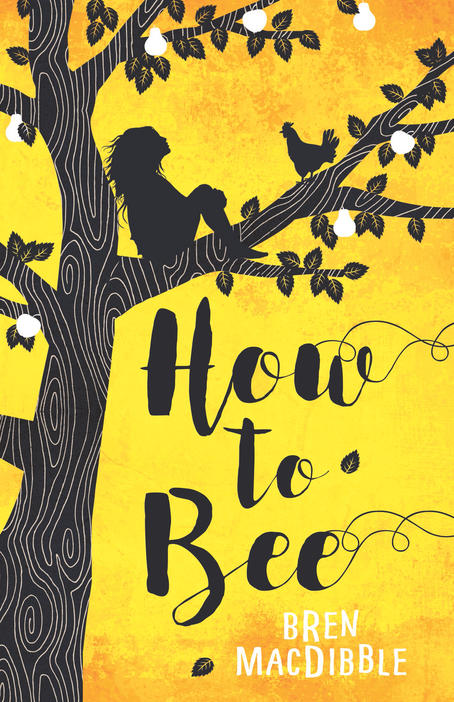How To Bee
2018 - Winner

Judges' comments
In this fine dystopian novel set in a near-future world, bees have been destroyed by poisons, and children attempt to replace them by manually pollinating flowers to form fruit. Nine-year-old Peony is desperate to move up the hierarchy of farm workers and become a ‘bee’. Her heart’s desire is threatened when Ma kidnaps her to work in the city for the ‘Urbs’. Once there she feels displaced after having been productive and valued.
Life in the country seems relatively idyllic, swayed by nature’s rhythms and cycles. Sensory descriptions evoke a soothing, fertile setting, balanced with a rustic vernacular to create a down-to-earth tone. In contrast, figurative language reveals the shock of a city stuck in a dirty mist and its ‘raggy people’. Peony’s unschooled, direct voice remains constant, bridging the structural changes of moving from country to city and back again: one of several cycles explored within this rich novel.
The characters are authentic and unsentimental: deliberately flawed to reveal degrees of self-interest, goodness and courage. Like a healthy colony of bees, young readers may appreciate that pride and perseverance is vital to being part of a functioning, caring community. Locally and globally, climate change and diminishing bee populations are of great concern and interest. How to Bee catches these issues in a skilled storyteller’s net, transforming them into a highly engaging literary work.


